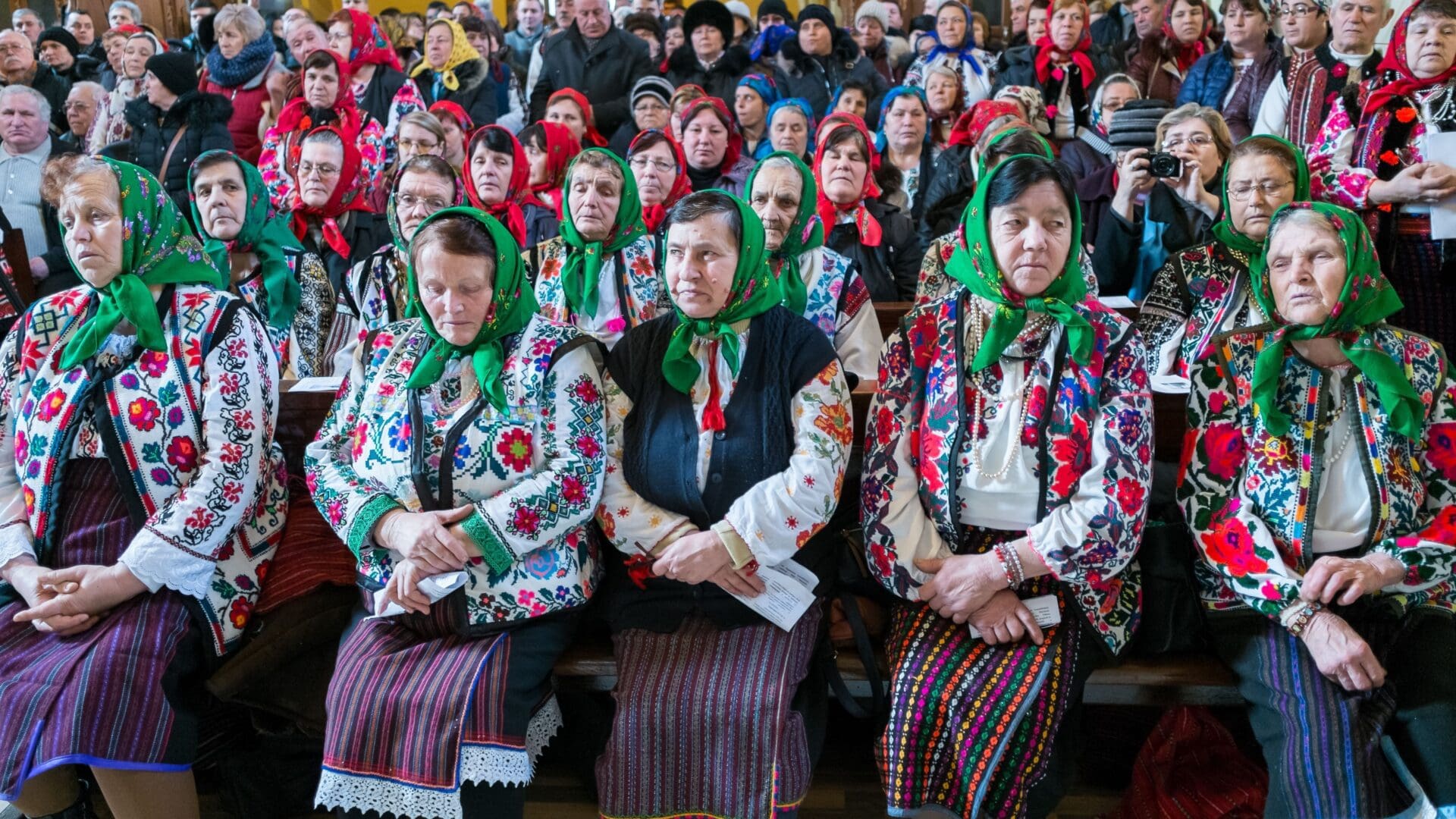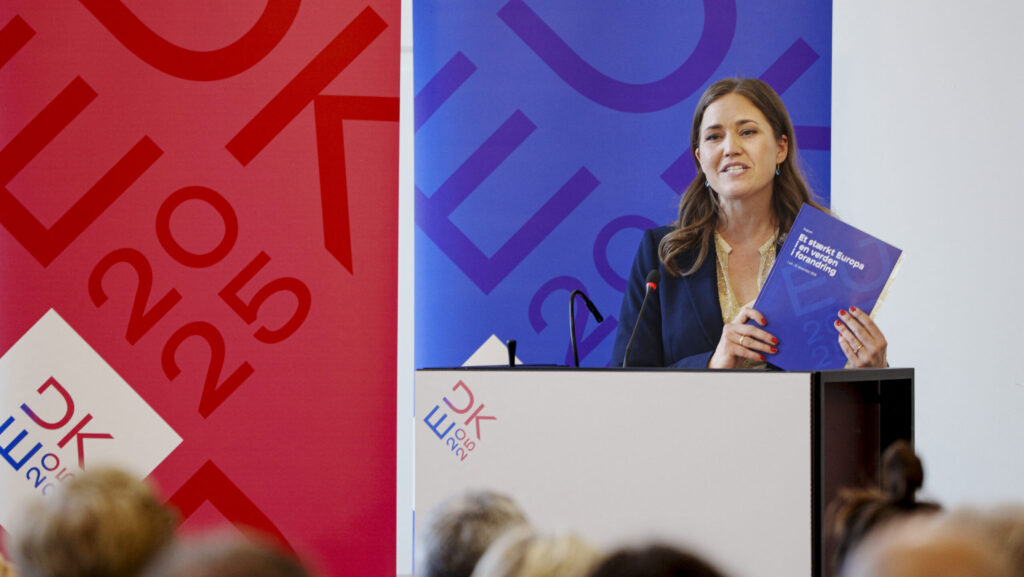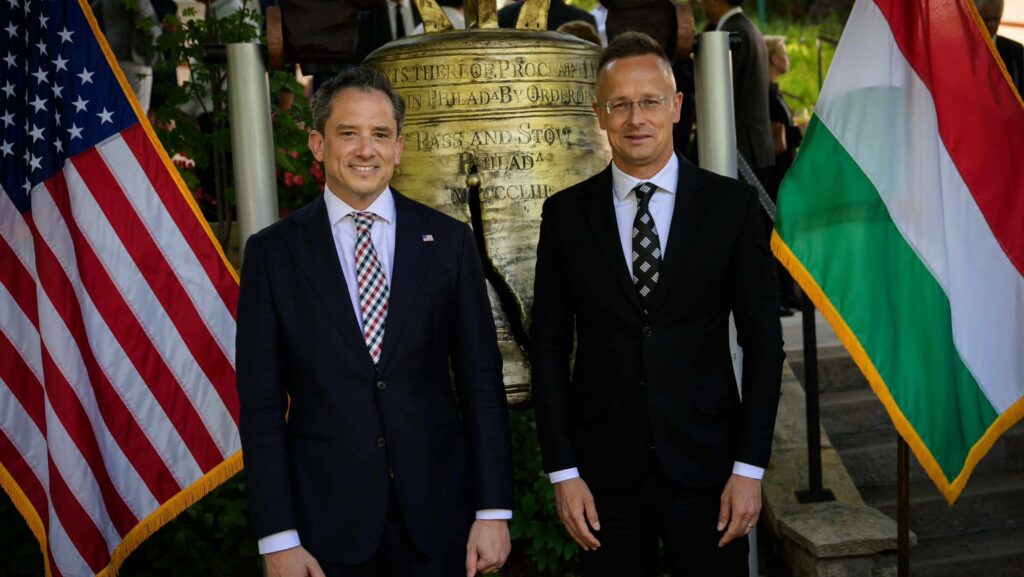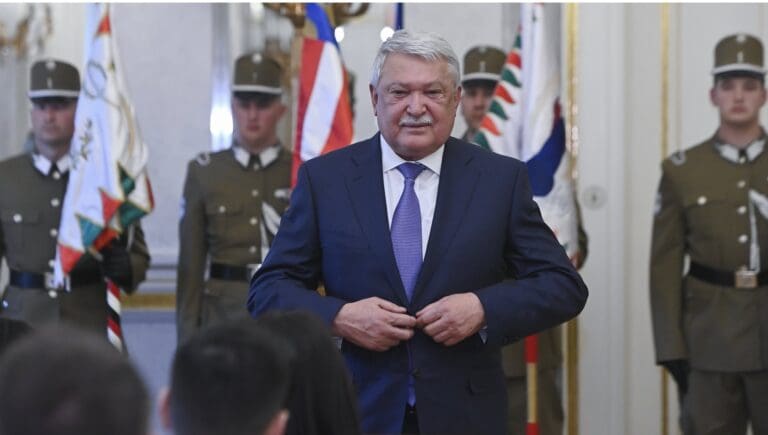The Roman Catholic Csángós are one of Europe’s most enigmatic ethnic minorities. The remarkable history of the Csángó Hungarians sets them apart from other Hungarian minorities living beyond the motherland’s borders. Their exact ethnic origin is still unclear, as is the name of the people, with some linguists and historians deriving it from the Hungarian term ‘csángál’ or ‘elcsángál’, meaning ‘wander away’, while others claiming it is of Celtic origin.
While most ethnic Hungarians were separated from their motherland only in the 20th century, Csángó Hungarians have been living outside of Hungary since the Middle Ages, making their story truly distinct and their culture and language exceptionally archaic.
Hundreds of year ago, the Csángó played a significant role in safeguarding their motherland as frontier guards, and
were often called upon to serve as a bulwark against the perils of steppe invasions.
As a result, the Csángó ended up in an alien environment already in the Middle Ages, and have been living isolated from their homeland ever since, while creating a truly unique culture and distinct identity worth preserving. Exploring the Csángó contribution to the defence of Hungary as a Christian state also means paying tribute to their remarkable identity and appreciating how this group has struggled and so far managed to survive over the course of centuries.
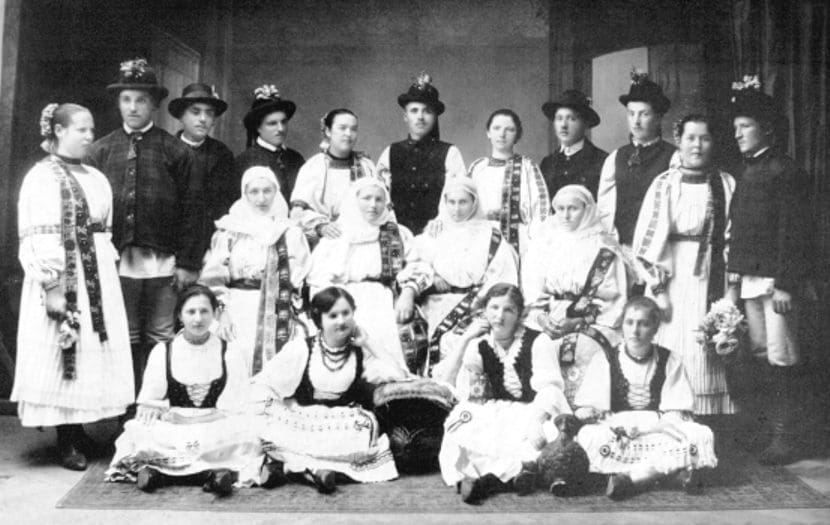
The Csángó population lives at a considerable distance from present-day Hungary, specifically in the Romanian region of Moldavia (not to be mistaken with the country of Moldova). Historically speaking, however, in medieval times, as the Hungarian border extended farther to the East, Csángó settlements were actually located in close proximity to the Hungarian-held and inhabited Szeklerland. The Szekler (Székely) people, as explained in an earlier Hungarian Conservative article, also served as guards of the Hungarian frontiers during the same era.
The first major migration to the now Csángó-inhabited lands happened in the 13th century, first under the reign of András II and then under Béla IV, who relocated some of his subjects to the East of the Carpathians as a defence mechanism against Mongol encroachments. As elaborated on in a previous Hungarian Conservative article, King Béla displayed great foresight in being aware of the upcoming political instability caused by the Tatar invasion, and therefore recognised the necessity of both preparing Hungary for it and restoring its security afterwards. He implemented measures to safeguard the country by attracting foreign ethnicities to his cause, and numerous Hungarian and Hungarian-related groups, such as the inhabitants of the Jászság and the Kunság, can trace their history in Hungary back to the arrangements established during his reign. The same is true for the foundation of the Csángó settlements.
During the 14th century, Hungary regained its influence over the Csángó-inhabited territories, leading to an influx of settlers to the regions. This wave of migration resulted in a notable increase in the Csángó population.
In the 15th century, part of the settlers were Hungarian Hussites seeking refuge from persecution,
as this new religious movement was not welcome in the Hungarian Kingdom proper at the time. King Matthias did not want the Hussites, considered to be heretics, in the country. Interestingly, although the king initially opposed the Hussite presence, subjecting the soon-to-become Csángó population to exile, according to certain historical accounts, he later considered repatriating all of the Csángós to mainland Hungary, including the Hussites he had made leave. Nevertheless, the migration of the Hungarian Hussites is also reflected in the name of the town of Huși (Huszváros in Hungarian) which comes from the denomination of its founders.
Additionally, many Székelys also moved to the region at that time, which resulted in the Csángó population developing connections with Szeklerland over the years. The Szeklers not only founded some villages and towns, but also helped the Csángós preserve their Roman Catholicism, which, as there were virtually no Hungarian language schools and Hungarian speaking teachers in the region, was the main factor in keeping the Csángó identity alive over their turbulent history.
The Franciscan monks from Csíksomlyó are known to have played a particularly important role in this process.
However, the Turkish invasion had a devastating impact on the Csángó territories and population. Most of the region was repopulated with a romance-speaking Greek Orthodox population, who later became known as Moldavians and Romanians. As a result, ever since the 17th century, it has become harder and harder to maintain the distinct linguistic and religious identity of the Csángó, partially due to their connection to Hungary having been severed, but also due to the group’s oppression by the Moldavian Boyar nobility, Tatar marauders, and, latterly, due to the mistreatment by the Romanian state.
Over time, the Csángó population gradually declined. Simultaneously, the demographic landscape of the villages and towns underwent a transformation, with an increasing prevalence of Romanian inhabitants. Since the authority of the Roman Catholic Church is very strong among the Csángós, the newly emerged Romanian state of the 19th century tried to use it as an assimilation tool, forcing the use of Romanian as the language of the liturgy at Catholic masses.
Arguably, the level of oppression reached the most insane levels under the rule of Communist dictator Nicolae Ceaușescu,
when researchers faced jailtime merely for gathering data on the Csángós.
Nowadays there are renewed efforts to reinvigorate and preserve the ancient identity of the Csángós. One of the most notable examples is the Council of Europe’s ‘Csango minority culture in Romania’ report, which, beside being a great overview of Csángó culture, also serves as a call to action to save this unique identity. In the words of the Council of Europe: ‘Diversity of cultures and languages should be seen as a precious resource that enriches our European heritage and also reinforces the identity of each nation and individual.’
As part of preserving the Csángó identity, ever since the dissolution of the Soviet bloc, the Csángó festival is held annually in the city of Jászberény. In addition, Csángó folk songs and a rich collection of folk dances are performed at Csángó cultural events, including popular Csángó balls, as integral parts of Hungarian folk culture.
The archaic culture and language of the Csángó community still bear distinct traces of the Middle Ages in various aspects. The most important thing to understand when speaking about Csángó culture is that it is a peasant culture, of a society without nobility of the same ethnic origin, a factor that underpins most of its artefacts, narratives and cultural products. One notable characteristic of the Csángó worldview, despite their clear connection to Hungary, is
the prevalence of religious over the national identity.
This, as we mentioned earlier, can also be attributed to the assimilation policies of different political regimes that historically held control over the Csángó lands. According to the Council of Europe report, when asked about their nationality, many of Csángó individuals would respond by stating, ‘I am Catholic’.
Csángó religious life presents an interesting amalgamation of the Catholic faith and Romanian Orthodox rites, as well as pre-Christian, pagan beliefs and traditions that include discernible traces of a sun cult.
Due to its isolation, the Csángó dialect–or more likely dialects–of the Hungarian language retained many archaic features. However, even for Romanian speaking Hungarians that are aware of a huge source of loanwords it is often insurmountable to understand at least some of the Csángó dialects, also due to the archaic pronunciation of Hungarian words. The undeniable linguistic difference and difficulties in understanding led some to suggest that what the Csángós speak not a dialectal variety of Hungarian, but rather a separate language.
NYELVÚJÍTÁS ELŐTTI ŐSMAGYAR NYELVEN BESZÉLŐ CSÁNGÓ, SZERINTED MELYIK NYELVRE HASONLÍT?
Uploaded by HungarianHistory III. on 2022-05-07.
Unfortunately, in all its richness, the Csángó culture is endangered. The above cited CoE report reaches the conclusion that without powerful and official support for the Csángó, the community may soon vanish, which would mean a major loss in terms of the European cultural heritage. The precariousness of the fate of Csángó culture is a problem that concerns not only Hungary, but Romania and the whole of Europe as well. The disappearance of this unique ethnic groups and their unmatched culture would be a loss for the the majority population as well. In fact, historical hostilities aside, the Csángó culture is essentially the product of a joint effort: Hungarians, Romanians, Szeklers, Orthodox and Catholic believers have equally contributed to it, and possibly even other faiths, nations and traditions interacting with each other and being mutually reinterpreted as a result of these collisions. In this sense, the Csángós and their culture are quintessentially European.

